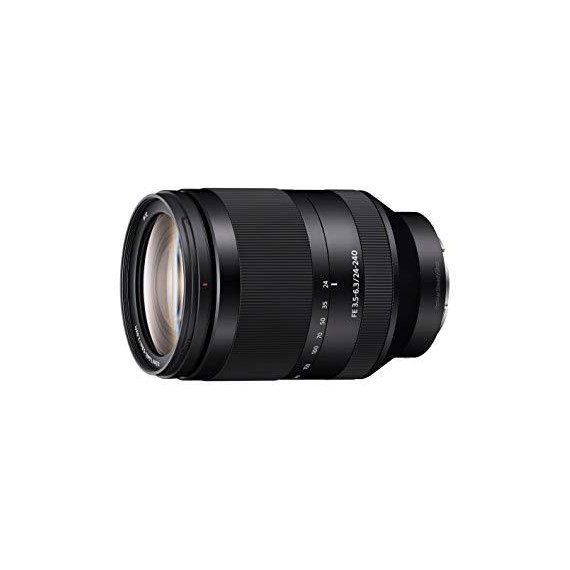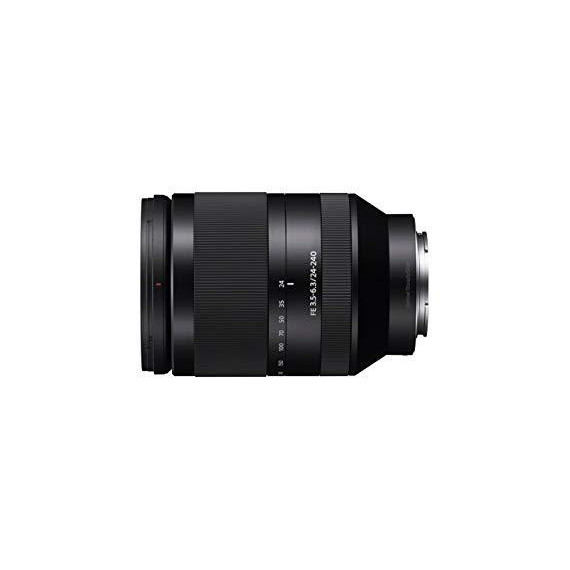Justin barlock
I have had this lens for a few months now and have used it in a variety of situations. This review will be a breakdown of questions you need to ask yourself before purchasing this lens, as well as the pros and cons that I have found while using it. Brace yourself, it will be long but necessary if you dont want to waste hundreds of dollars. Questions: Do you have a full frame or crop sensor camera? What is your environment or the environment in which you will be shooting? What will be your subject? If you have a camera with the capability to use different lens, is this lens right for you? Will you be taking video as well? The answers to these questions will vary based upon you. However, things to keep in mind; If you have a Sony a5000-6500 series or an A7r II, the 18mm-200mm is a better choice because it is made for a crop sensor. You get wide shots and telephoto capabilities in one because the crop factor for this full frame lens increases its focal length by 1.5x, effectively making it a 36mm-360mm instead of a 24mm - 240mm. If you are looking for a longer focal length though, there are better solutions than this lens for about 70 dollars more at your local camera/electronics store (70-300mm G lens is my recommendation). This lens (24mm-240mm) works best in bright environments. If you will be taking photos in a arid environment, it prevents you from having to swap lens, which is a plus for saving your sensor from being exposed to dirt and debris. It does poorly in low light if you are trying to keep your ISO down or use a higher shutter speed. It hunts for focus in those situations as well. Works great in a city, does pretty well in backcountry. Backpackers or traveling photographers keep in mind that it is a heavy lens. This will cause sloping on a tripod, so youll have to angle it higher to compensate for the tilt. Additionally for the cinematographers/videographers or anyone looking to shoot video, it can not be used on a gimbal effectively. Handheld video is also affected by adding too much camera shake when zooming in, even with OSS and in body camera image stabilization (IBIS). Those looking to use this lens to take close up shots or use it as a secondary macro lens, be aware that the Minimum Focal Distances (MFD) is 1.6 feet but increases to 3 feet at the end of the focal length. That means at 300mm you will need to be at least 3 feet away from your subject to get it to focus. Autofocus Time (AFT) and Manual Focus Time (MFT) are not very fast. Additionally, this lens has one of the lower resale values on the market because it is so frequently returned; since it covers a broad focal range, it does not capture the best of the best when it comes to portraits, landscapes, macros, etc. This is why the prime lens market still exists. A rough resell estimate has been between 50 - 70% off of its market value. So although it is a very well made and a great multipurpose lens, it does have a niche market and that applies to usage as well. Pros: - Large focal length coverage! - Quality build - Rigid zoom ring - Prevents censor exposure in windy, debris filled environments - Prevents continuous swapping of lens - Takes a great quality image (great not excellent) - OSS - Dust and Moisture Resistant (Not debris resistant!) Cons: - Expensive - Heavy - Poor resale value - Not particularly good at one thing - Poor AFT/MFT - Poor MFD (as per other options within its price range) - Not weather sealed Lens Recommendations: For Sony ASP-C users; the 18mm-200mm is better at covering the focal lengths youll need if this lens is for you. For Video; the 18mm - 105mm G lens. Internal focusing with power zoom for $600 USD. Maintains video integrity and balance on a gimbal. For Telephoto - Close-ups; Sony 70mm - 300mm F4 G lens. This can be picked up for $925 USD if you shop around, buy used, or price match. Much better AFT/MFT and reduced MFD at the end of the focal length. For Macro - Portait; Sony 90mm F2.8 Macro Lens. Quality, quality, quality. Superb close-ups and better portraits. For Ultrawide Landscape/Architecture/Interior; Rokinon 12mm F2. Sharp, manual, cheap, great build quality (FOR PHOTOS ONLY). For video ultra wide, Sony 12-24mm F4. Very expensive. Try to buy used. Best of the best. For kit lens replacement; Vario-Tessar T* 16mm-70mm F4. Great overall lens that is incredibly sharp and produces accurate color reproduction. Although has an external zoom, the zoom ring is very smooth for an easy transition. Tips: If you want to increase the focal length even further, you can do it digitally within your camera by using the Clear Image Zoom function. This Maintains image integrity while providing a more up-close shot. You will lose the ability to shoot RAW by using it, however by using an S-LOG Picture Profile, with the Cont. Braket, HDR, or DRO Bracket modes, image quality reduction is at a minimum. Sony recommends that you use the Neutral Creative Style for photos if you will be post-editing, however I have found the Picture Profile Setting (which is recommended for video), specifically PP7-PP9 to be more effective for post processing. If you have a Sony a6000 or lower, you will have to resort to using the Creative Style Neutral as your camera does not have the Picture Profile Function. I hope this helped! Take care!










